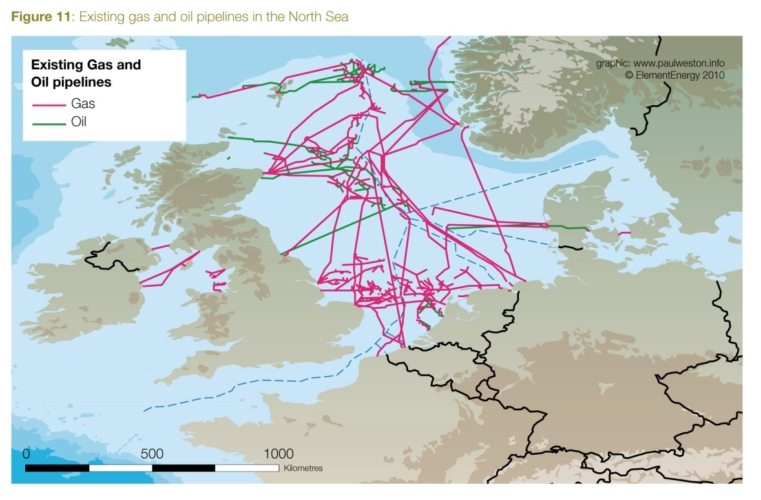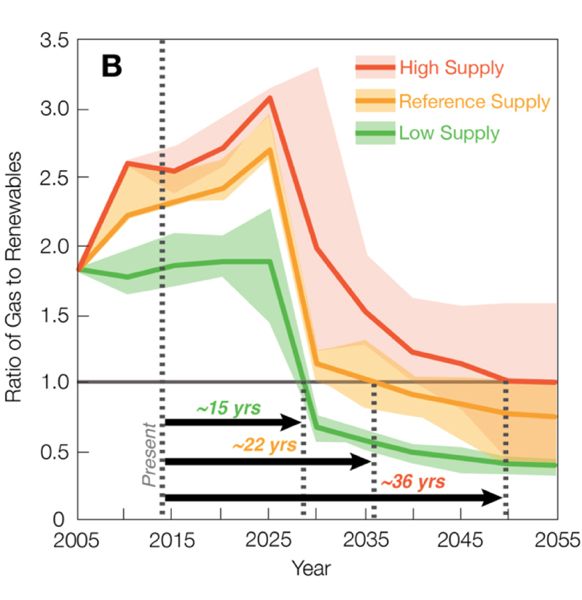

Current Natural Gas PricesĬurrently, the price of Natural Gas is relatively low - in fact, it is not far off the price it was 25 years ago having spiked in value before the emergence of new mining techniques and the shale gas boom. The historical overview shows that from 2000 to 2009, there were a number of disruptions in supply and fears of running out, but shale gas has emerged, through new mining technologies, to allay fears of running out for the next 100 years. And, it is this hydraulic fracking that has reduced the spot price of natural gas considerably since 2008.Īs a form of fossil fuel, and the fact that it is not finite, the movements of supply and demand have a big influence in the price of Natural Gas. The new technologies of hydraulic fracturing and horizontal drilling have increased these estimates of recoverable reserves to many hundreds of trillion cubic feet, meaning that there is less fear of running out.

Historically, this has helped boost the price, but in the modern era, the price of gas has been falling, partly because of new technology and added supply. It is these falls in supply that have set the trend for the natural gas prices forecast most recently with supply interruptions causing spikes in price since 1990. The peak of production of natural gas came in around 1975, but in terms of its market price, natural gas prices only started to climb once production eased off from its all time high.īy 1975, nearly half the marketed gas in the US was sold to the intrastate market, resulting in shortages during 19 in the Midwest that caused factories and schools to close temporarily for lack of natural gas. Since the 1930s, in the USA, there has been an upramping of the production of Natural gas to meet the growing needs of an expanding population. The compounding effect of this is that the rising price of gas can also make people move away from the fuel source which leads to added supply and less demand.īecome an Gas Trader Natural Gas Prices Historical Overview The gas price forecast is also moved by market conditions, such as economic growth and slow down that can make the price rise and fall.

Temperature also comes into play when looking at the demographics as there is a tendency for US residents to move to warmer areas meaning less demand. Some of these factors are quite obvious - such as colder weather meaning more natural gas usage for heating. Weather, demographics, economic growth, price increases and poverty, fuel consumption, storage, and exports all affect the future gas prices predictions and how the price will move. Then, the gas price predictions next 5 years will also be interesting to watch because of the way in which the resource is being produced and handled. The natural gas price forecast today, and the natural gas price forecast for the next six months are expected to be very different as market issues play themselves out. The pandemic also isn’t fully over, a delta variant is spreading, and markets are turning fearful again. With regards to the natural gas price forecast, this market is an interesting one as the resource is in a state of flux in terms of its production.

It is on the industry to voluntarily take on these necessary steps before the order comes in the form of government regulation - “responsible” natural gas is the path forward.Natural Gas Prices Forecast: For 2021 And Beyond Finally, a premium market for biogas/renewable natural gas (produced in landfills or feedlots) or green hydrogen-blended natural gas is likely to emerge on top of the stratums created by the various production of conventional natural gas. Other areas in which natural gas differentiation can occur through relative carbon intensity of its production process (conventional versus fracked gas, geological differences in respective shale plays). Improved monitoring of methane release in the upstream and midstream sectors is one important step in distinguishing various sources of natural gas and convincing the wider public of its superior climate attributes. Methane emissions created in production and transportation through leaks or venting are certainly a black eye for the industry, given methane’s status as a powerful greenhouse gas. G&A would suggest that this is only one aspect of differentiation that is likely to crop up in coming years. Much of the discussion on this topic currently focuses on differentiation of natural gas by relative “greenness” - as defined by the amount of methane emissions across the value chain. Market participants are increasingly calling for differentiation among natural gas which would help identify the environmental profile that each molecule of CH4 carries with it along the value chain. Natural gas is a fungible commodity by design and does not contain any distinguishing attributes depending on where or how it is produced.


 0 kommentar(er)
0 kommentar(er)
